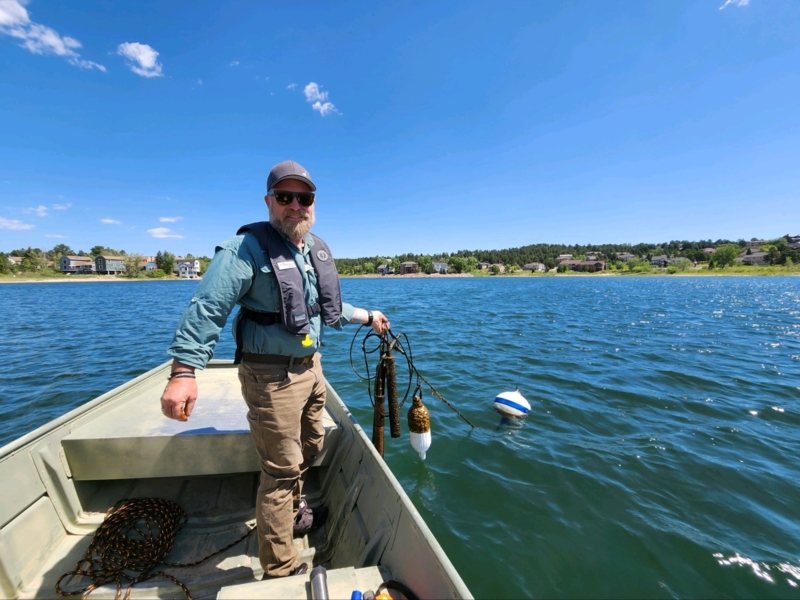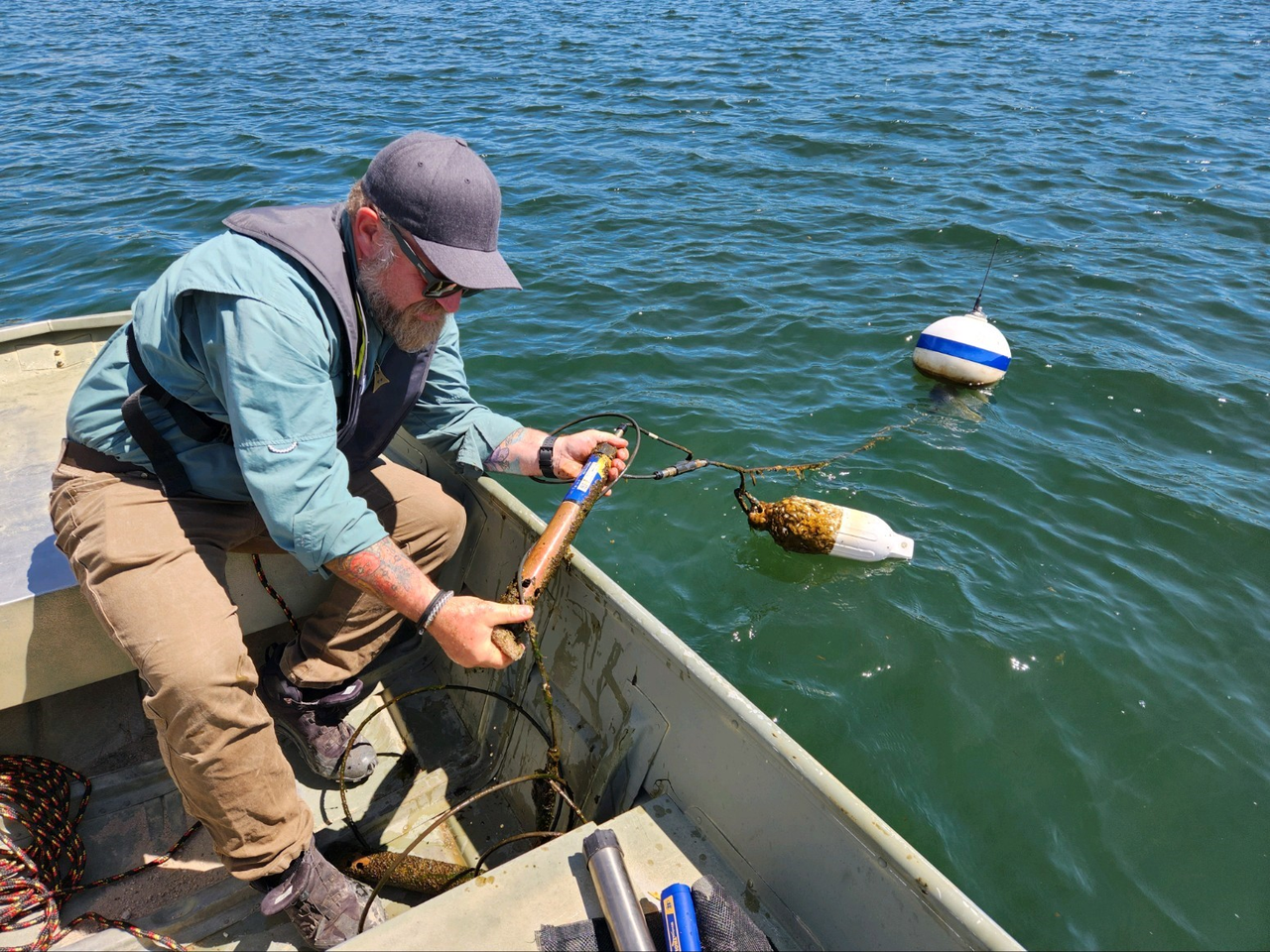Continuous Data Improves Drinking Water for Colorado Town
Published on by Marcus Miller, Digital Marketing Manager at In-Situ in Case Studies
Continuous Data Improves Drinking Water for Colorado Town
Overview
On Colorado’s Front Range, continuous source water monitoring allowed a drinking water utility to improve reservoir water quality through proactive management strategies.
Challenge
When harmful algal blooms (HABs) grow in reservoirs, drinking water plants can take more aggressive measures to treat and filter their water. But even when clean, taste and odor issues may remain. Utilities can avoid these unpleasant side effects of HABs by drawing drinking water supply from groundwater, but this process is more expensive and could deplete groundwater supplies over time.
One utility on Colorado’s Front Range wanted a new approach to this dilemma. Reservoir sediments onsite hold a legacy phosphorous load from agricultural runoff and urban development. When dissolved oxygen levels drop as a result of environmental conditions within the reservoir, the sediment releases stored phosphorous, giving HABs a new food source, allowing them to spread even further.
Each year, recurrent HABs forced the utility to switch the drinking water supply to groundwater to avoid taste and odor issues. Visible algae growth is not a helpful warning system. When full, the reservoir has a maximum depth of 40 feet; by the time the utility could see the blooms, algae growth was severe.
The utility took grab samples from three depths in the reservoir every two weeks from May to November and sent them to a lab for analysis. But there was often a weeks-long delay in getting the data. By the time they received the lab data and interpretation of results, onsite conditions had changed.
In an effort to quell HAB growth, the reservoir operators installed an extensive aeration system that runs on compressors. It’s a powerful tool against HABs, but inaccurate data limited its effectiveness. Without timely information on water quality, the utility ran the system at 100 percent capacity in an attempt to prevent low-DO conditions. This was costly and the utility wanted to use this technology more efficiently.
If the utility could implement a monitoring method for proactive HAB management, they could reduce energy use, save on operational cost and preserve groundwater supply by using readily available reservoir water.
Solution
In 2023, the utility contacted Dr. Andrew Skibo of Amaruq Environmental Services about a continuous monitoring system. They hoped that continuous monitoring would enable them to manage algae growth and extend the usability of the reservoir through summer and fall.
Dr. Skibo installed three Aqua TROLL 500s at three depths within the reservoir. The probes took readings of dissolved oxygen, temperature, chlorophyll a and BGA-PC every hour. VuLink telemetry sent the data to HydroVu once a day. “Overnight they got a much wider data set than they ever had access to,” Skibo reports.
The utility wanted to gather baseline data before they decided if an algae treatment would be an effective measure for this reservoir. “2023 showed the client that the equipment was robust and it was doing what it was supposed to do,” Skibo explains.
He adds that installation and management of the site is convenient, even from Amaruq’s home base in Montana. “The equipment is highly reliable,” he reports, “and maintenance has been essentially nothing. With three Aqua TROLLs connected to one VuLink, taking readings every hour and uploading data every 24 hours, we’re seeing battery life in excess of 90 days.”
Dr. Skibo assesses the installations. “The equipment is highly reliable and maintenance has been essentially nothing,” he reports.
Results
Continuous DO data allowed the utility to move toward...
READ MORE
Taxonomy
- Drinking Water Treatment
- Water Quality
- Groundwater
- Hydrodynamics & Water Quality
- Water Monitoring
- Habitat
- Water Monitoring
- Drinking Water Managment
- Drinking Water
- Water Systems Monitoring
- Water Quality Management
- Water Quality Training
- Groundwater Recharge
- Groundwater Assessment
- Groundwater Modeling
- Groundwater Pollution
- Groundwater Prospecting
- Groundwater Mapping
- Surface-Groundwater Interaction
- Groundwater Salinisation
- Groundwater Quality & Quantity
- Water Quality Monitoring
- Ground Engineering
- Groundwater Resource
- Water Quality Monitoring
- Public Water System and Groundwater Issues
- Water Quality Modelling
- Water quality
- Groundwater flux
- Research water quality
- Water Quality Research
- gaskets, boots for pipe and manhole for groundwater quality
- Groundwater monitoring and assessments
- Groundwater Remediation
- Water quality technician
- Water Quality Monitoring Sensor
- Drinking Water Management
- Water Quality Modelling
- Water Quality

